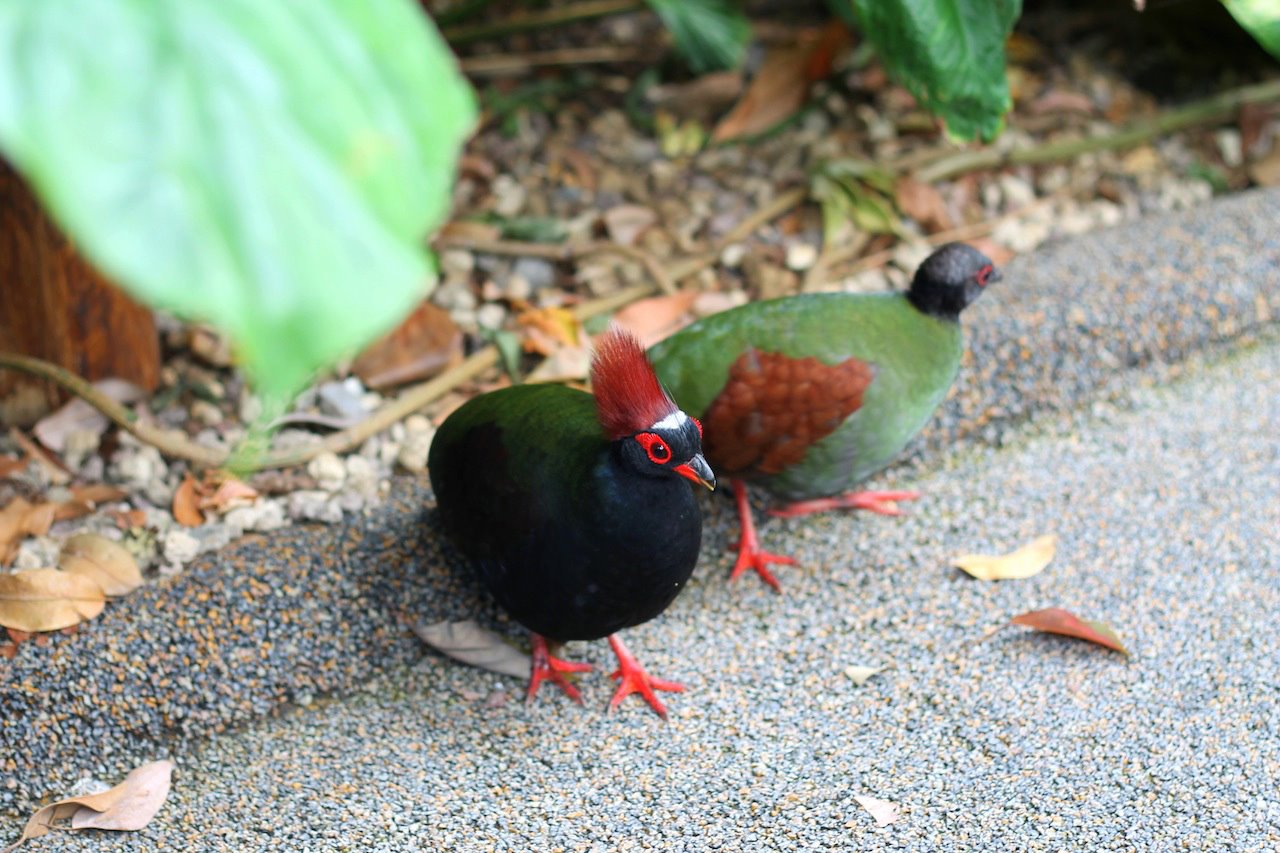Summary

Whether you purposefully set out to encounter wildlife, such as during a safari or a visit to a zoo, or you unexpectedly come across them while exploring your current travel location, capturing images of animals in their natural (or simulated) environment can be quite challenging. Wildlife tends not to pause for photographs; they are often unaware that their movements can result in blurry pictures, or perhaps they know and choose to move regardless of your efforts. Furthermore, animals typically have little patience for human presence unless food is involved, which is generally not allowed in many venues.
Nevertheless, there are several strategies you can employ to enhance your wildlife photography skills. We are referring to the kind of photos that are suitable for your social media profile! Those stunning images you might downplay, all while knowing that a significant effort went into capturing them. So, let us delve into these strategies.
1.) Invest in a Zoom Lens
Most animals will not remain in close proximity for extended periods. Consequently, it is advisable to invest in a quality zoom lens that enables you to photograph them from a distance without disturbing their natural behaviors. Remarkably, many zoom lenses are quite affordable; you may even possess one already. If not, companies such as Tamron and Sigma offer budget-friendly options that are effective.

2.) Understand Animal Behavior
Once you have equipped yourself with the appropriate hardware, it is crucial to cultivate an understanding of the behavior of the animals you wish to photograph. While you need not become an expert in animal behavior, a basic comprehension of their habits can significantly enhance your photography outcomes. Some animals might appear lazy and seem to wait for a photo opportunity, while others may be inconstant motion. By observing their behavior, you can anticipate actions and seize optimal moments for photographs.

3.) Capture Detail-Oriented Photos
While wide shots of animals are excellent, some of the most compelling photographs originate from detailed close-ups. Using a zoom lens can help you highlight aspects of the animals that are often overlooked yet crucial to conveying their essence and presence in the environment.
4.) Experiment with Wide Shots
As an alternative to capturing close-ups, consider taking wide-angle shots that include more of the background alongside the subject. This approach works particularly well when your subject occupies the frame alone, especially when centered in focus. By varying your composition, you can create a broader narrative context, which can be quite impactful, particularly when the animal interacts within its natural habitat.

5.) Familiarize with Camera Focus
Understanding how to focus your camera effectively can be quite beneficial when photographing wildlife. Newer cameras often feature user-friendly focusing mechanisms, while older models may require a bit of practice to master. It is advisable to become acquainted with your camera’s focusing capabilities before venturing into locations where you wish to photograph wildlife.

6.) Check the Weather Forecast
Being outdoors for wildlife photography means you are at the mercy of the elements. Thus, it is essential to dress according to the predicted weather conditions. If it is cold, ensure you are warmly dressed; you will not have the stamina to capture the best images if discomfort arises. In the event of rain, do not forget a raincoat; if the sun is out, wear a hat, apply sunscreen, and consider using sunglasses.

7.) Ensure Stability and Adjust Shutter Speed
When it comes to wildlife photography, stability is vital to avoid blurred images due to motion. Even minor movements can lead to significant blurriness. To achieve stability, consider using a tripod or a gorillapod. Additionally, experiment with shutter speed settings as they vary across different cameras; remember that shutter speed will affect the light in your images. Hence, flexibility is key, allowing you to adapt to changing light conditions notably when the clouds shift.

EXTRA TIP: Edit Your Photos!
Post-processing your photographs is essential to maximize their quality. Suitable adjustments can manipulate exposure, enhance brightness, and boost color vibrancy. You do not need to heavily alter your photos; simple edits can elevate your images from being merely good to exceptional. I recommend employing Adobe Lightroom as it offers excellent editing features. However, if you’re looking for a budget-friendly starting point, consider Picasa by Google, which is free and user-friendly.
All images were captured with my aforementioned updated camera and edited using Picasa.





